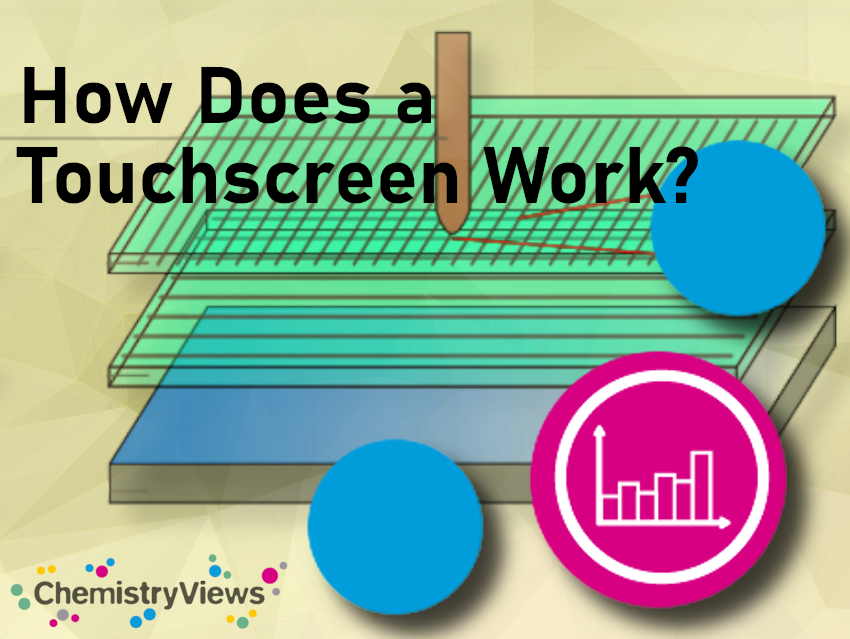Touchscreens are everywhere today, from phones and tablets to ticket machines and medical devices. The most common technologies are resistive and capacitive touchscreens. Apart from these, there are a number of other, less commonly used mechanisms, for example, based on infrared light, induction coils, sound, or the piezoelectric effect.
Resistive Touchscreens
One of the first technologies, still often used today, especially when operability with gloves is desired

Advantages/Disadvantages
+ resolution of touch extremely good
– deformation during operation limits lifetime
Capacitive Touchscreens
Most common technology, used for mobile phones and tablets
.jpg)
Advantages/Disadvantages
+ all grid points measured individually, can capture several touches at the same time (known as multitouch)
+ image quality slightly increased compared to resistive touchscreens, since there is less ITO between the eye and the display
– cannot be operated with isolators such as gloves or pens
- Wie funktioniert eigentlich ein Touchscreen? (in German),
Kai Litzius,
Chem. Unserer Zeit 2017, 51, 10–11.
DOI: 10.1002/ciuz.201790000




